Kabelwerk Urban Planning and Housing
Kabelwerk, project description
Aim:
In contrast to the standard kind of housing estates, the Kabelwerk team set out to create
a dense, vital and urban piece for the city of Vienna
Situation:
Replacing the closed-down cable factory, Kabelwerk works as the new motor for its neighbourhoods. It knits together its heterogeneous surroundings, both physically and structurally, as well as in the realm of use and function.
Strategies:
Phase 1:
building on the award-winning project by Dyn@thmosphere (Rainer Pirker and the next enterprise) new instruments for urban regulations are implemented:
the plinth, bonus volume, build-on lines etc.
The plinth prescribes a pedestal, to be filled with all functions (desirable public uses, communicating with the neighbouring public space), except housing.
The bonus volume is additional mass that the planner can exploit for enhanced qualities, socially and spatially, such as enlarged social areas, hallways, greater ceiling heights etc.
Build-on lines surround and form the public spaces. Wrap-around architecture.
In a cooperative planning process (including residents, the municipal administration, planners, developers) these new instruments and new urban structures are developed to define the zoning plan.
A network of differentiated public spaces forms the spine of the Kabelwerk zoning plan.
During the planning phase the existing historic brick buildings, which will be preserved, serve as locations for temporary cultural uses. 50,000 visitors enjoy a variety of programmes.
Phase 2:
the public spaces plus the individual buildings that form them are developed by transforming the zoning plan and its rules into material designs. No building is developed just on its lot. A game is started that involves many interacting players. Special attention is paid to the definition and flow of space, both open and enclosed.
Analysis:
Intense public participation, high densities, extensive use of prefab, and removal of demolition material by rail guarantee large-scale sustainability.
Low energy technology, green roofs and flexibility within the structure guarantee sustainability within the individual buildings.
The temporary cultural use (which, due to its success, is being continued), together with the public cooperative planning process attracted clients that form a core of self-reliant and active residents.
Of the new urban instruments, it was the plinth and the bonus volume that produced the most surprising results. The plinth resulted in vast semi-public halls (for bicycles, social activities etc.) and in gardens and children s playgrounds, elevated and with an overview of the surroundings.
The bonus volume produced most generous hallways, greater ceiling heights
and (among other features) the laundry with the best view in the world, we bet!
Statistics:
Site: 63.000 m²
Park: 17.000 m²
Gross area: 96.409 m²
Housing net area: 69.799 m²
Other net areas: 9.747 m²
Including: local shops and services, pharmacy, hotel, seminar centre, cultural centre,
boarding house, kindergarten, pharmacy, several medical practices, café, bakery,
Density (gross area/site): 1,53
Construction start: Sept. 2004
Construction end: May 2008

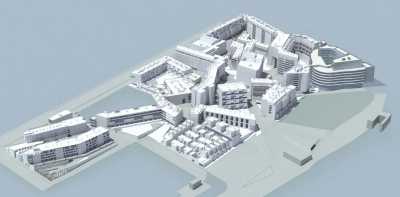
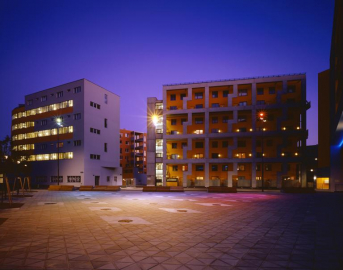
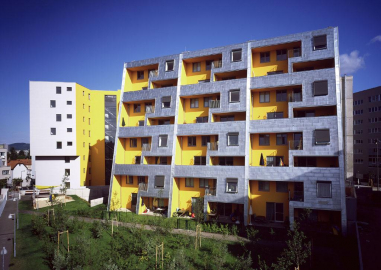
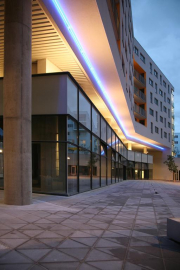
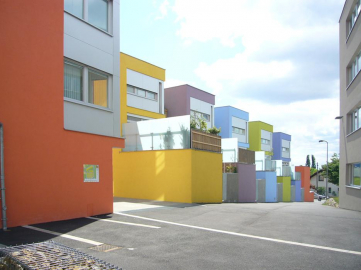
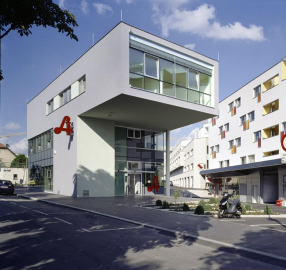
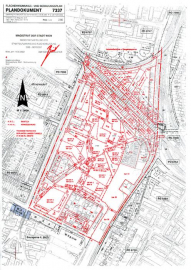
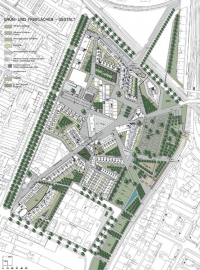
.jpg)
.jpg)
.jpg)